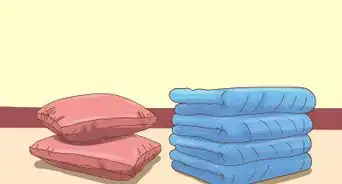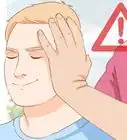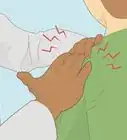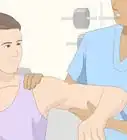This article was medically reviewed by Erik Kramer, DO, MPH and by wikiHow staff writer, Hunter Rising. Dr. Erik Kramer is a Board-Certified Primary Care Physician at the University of Colorado. With over 15 years of experience, his clinical interests include obesity and weight management, diabetes care, and preventive care, as well as embracing a holistic approach to primary care. He received his Doctorate in Osteopathic Medicine (D.O.) from the Touro University Nevada College of Osteopathic Medicine and completed his residency at Central Maine Medical Center. Dr. Kramer is a Diplomate of the American Board of Obesity Medicine.
There are 14 references cited in this article, which can be found at the bottom of the page.
This article has been viewed 101,627 times.
Do your shoulders look like they’re slouching a little more forward than they used to? Maybe you’ve even noticed some slight back and neck pain from having bad posture. Even though rounded shoulders are really common, there are tons of things you can add to your daily routine to fix them. We’ve put together all the best exercises, stretches, and general info in one place so you can say goodbye to rounded shoulders and start feeling confident in your posture again.
Things You Should Know
- Strengthen your shoulder muscles with exercises like squeezing your shoulder blades together, doing wall push-ups, or performing resistance band workouts.
- Stretch out your back, shoulders, and neck to relieve tension and loosen knots in your muscles that are making you slouch forward.
- Check your posture in a mirror frequently. Roll your shoulders back so they’re relaxed and keep your back and neck straight.
Steps
Warnings
- Only stretch as far as you comfortably can. If you ever feel pain while you’re stretching, relax your muscles and reduce your range of motion.[19]⧼thumbs_response⧽
References
- ↑ https://altonadvancedbodywork.co.uk/workspace/documents/upper-crossed-syndrome-2-1334740041.pdf
- ↑ https://www.sanfordhealth.org/-/media/org/files/patient-education/exercise-balance.pdf
- ↑ https://altonadvancedbodywork.co.uk/workspace/documents/upper-crossed-syndrome-2-1334740041.pdf
- ↑ https://youtu.be/5R54QoUbbow?t=659
- ↑ https://www.ncbi.nlm.nih.gov/pmc/articles/PMC4932046/
- ↑ https://www.va.gov/files/2021-10/Postural_Corrective_Exercise.pdf
- ↑ https://uhs.princeton.edu/health-resources/ergonomics-computer-use
- ↑ https://www.sanfordhealth.org/-/media/org/files/patient-education/exercise-balance.pdf
- ↑ https://www.va.gov/files/2021-10/Postural_Corrective_Exercise.pdf
- ↑ https://www.va.gov/files/2021-10/Postural_Corrective_Exercise.pdf
- ↑ https://youtu.be/z0oIjg_JtHw?t=430
- ↑ https://youtu.be/z0oIjg_JtHw?t=548
- ↑ https://my.clevelandclinic.org/health/articles/4485-back-health-and-posture
- ↑ https://www.mayoclinic.org/healthy-lifestyle/adult-health/multimedia/back-pain/sls-20076817?s=8
- ↑ https://youtu.be/zBVRf-ZDiSA?t=104
- ↑ https://www.va.gov/files/2021-10/Postural_Corrective_Exercise.pdf
- ↑ https://www.nhs.uk/live-well/exercise/strength-and-flexibility-exercises/common-posture-mistakes-and-fixes/#rounded-shoulders
- ↑ https://www.ncbi.nlm.nih.gov/pmc/articles/PMC3188408/
- ↑ https://www.mayoclinic.org/healthy-lifestyle/fitness/in-depth/stretching/art-20047931
About This Article
You can work to correct your rounded shoulders by using stretches and exercises to restore them to their natural position. Try standing up tall and straight and flexing your shoulder blades together. Hold the position for 10 seconds and then release it and repeat the exercise 10 times to strengthen your shoulders. You can also perform wide push-ups to fix rounded shoulders. To perform wide push-ups, get into a standard push-up position, move your hands so they’re a little wider than shoulder-width apart, then lower yourself down until your chest touches the floor and push yourself back up. In addition to exercises, use some shoulder stretches to help realign your shoulders so they aren’t rounded. Stand up straight in the opening of a doorway, raise your hands above your head, and keep your elbows at a 90-degree angle. Lean forward in the doorway as you hold yourself in the frame to stretch your muscles. For tips from our Medical co-author about how to assess your posture by looking in the mirror, keep reading!
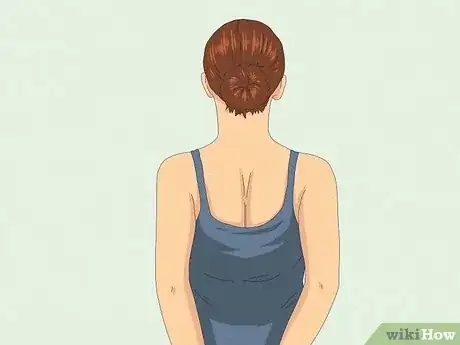
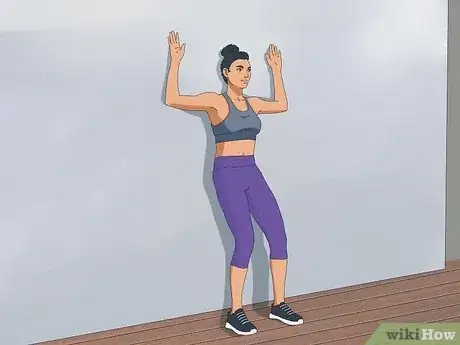
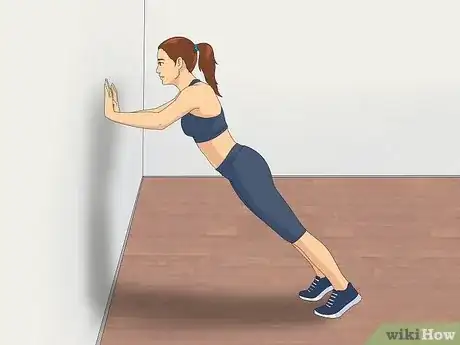
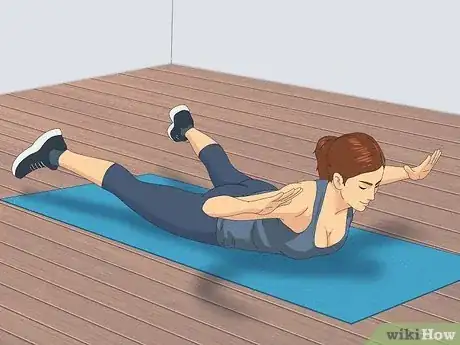
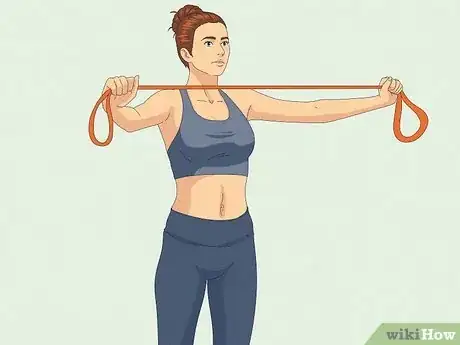
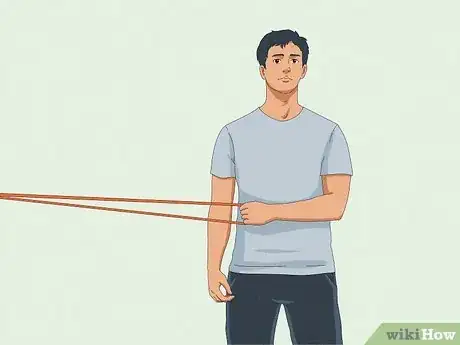
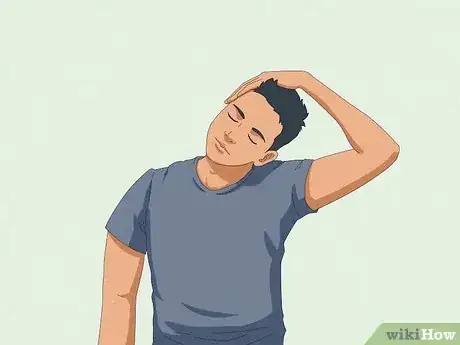
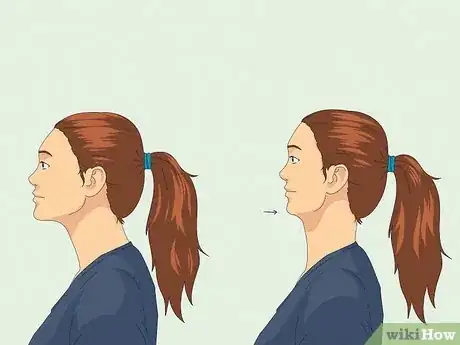
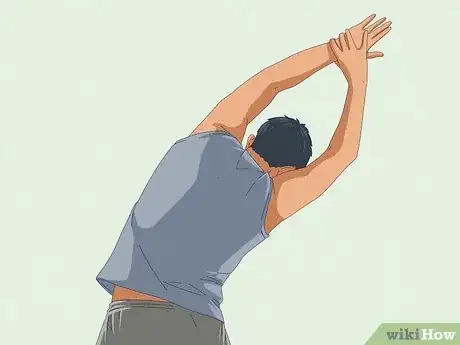
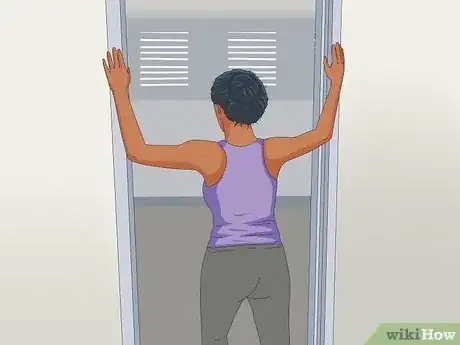
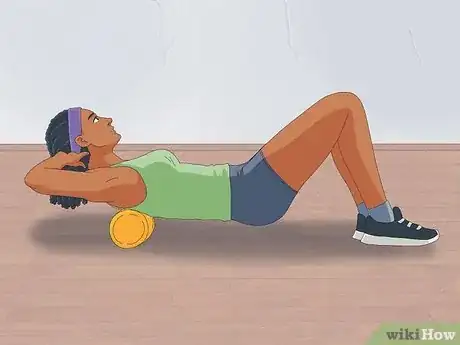

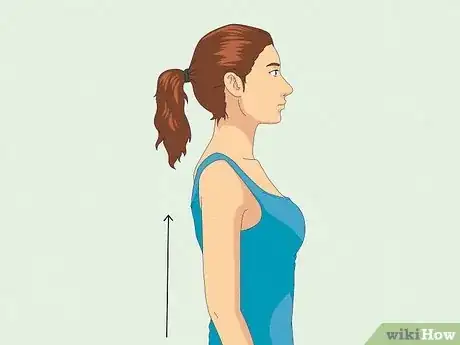

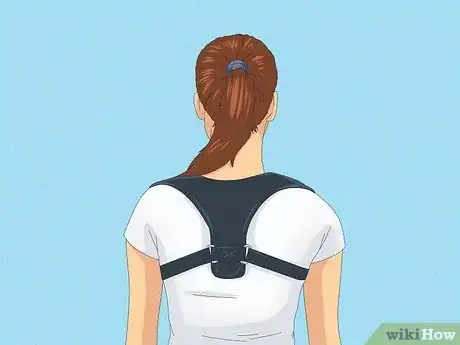
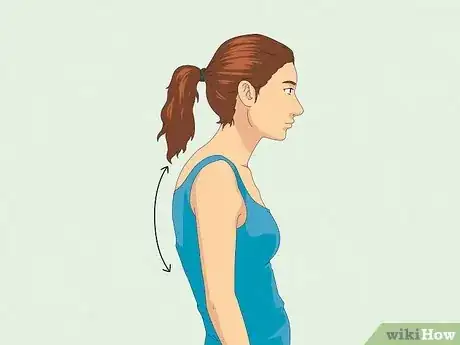
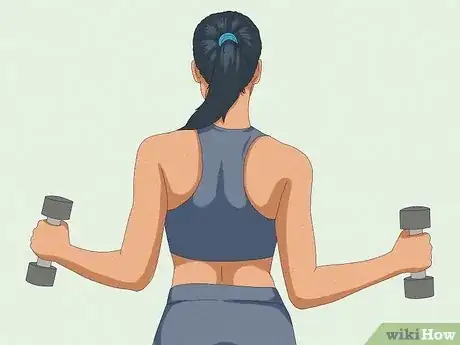
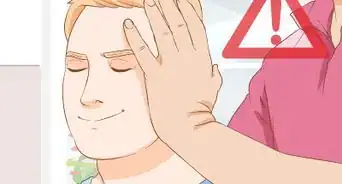
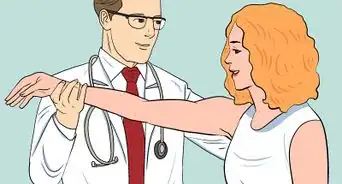
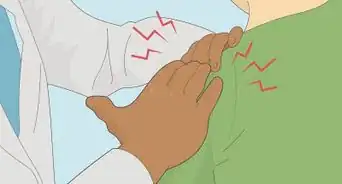
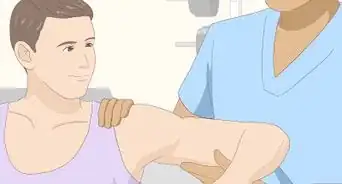
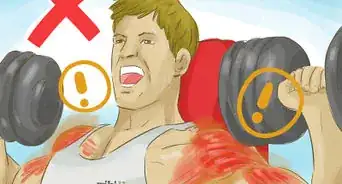
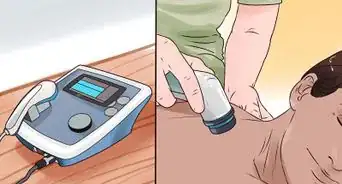
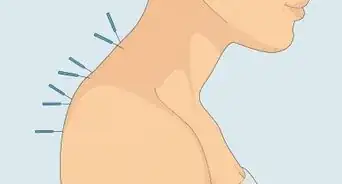
-Step-3-Version-3.webp)


